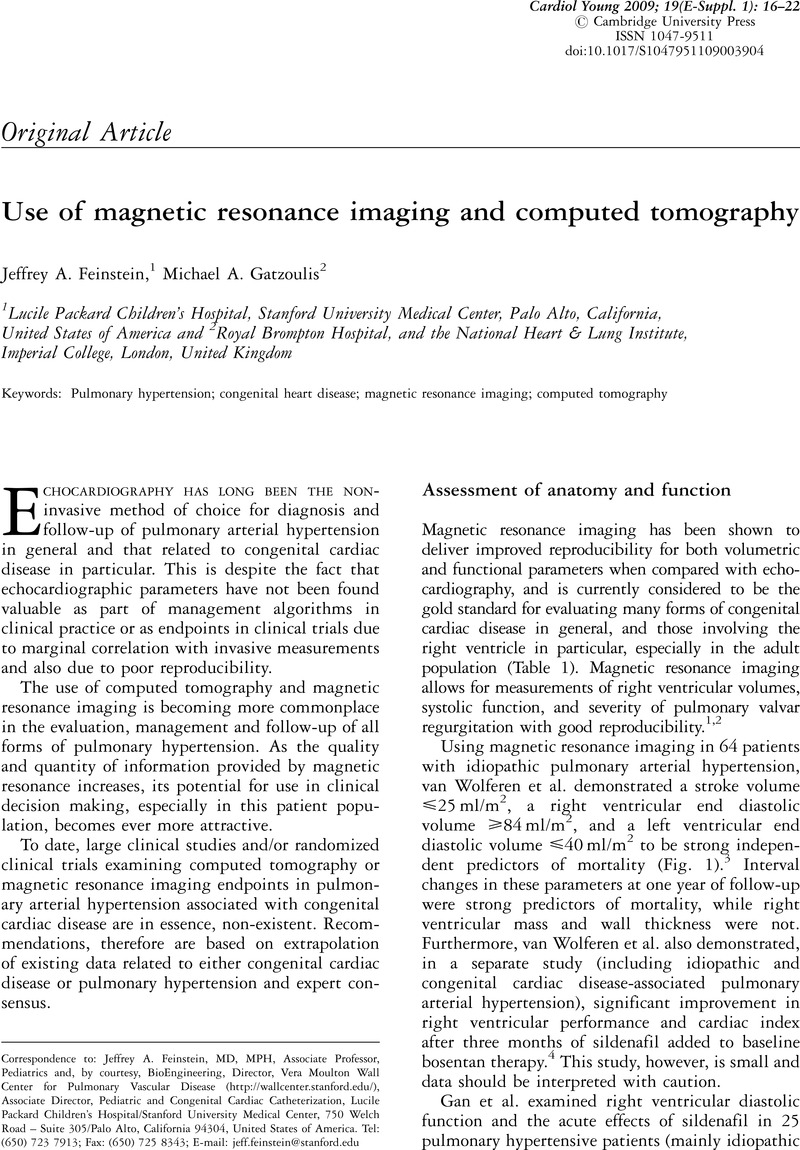Crossref Citations
This article has been cited by the following publications. This list is generated based on data provided by Crossref.
Mullen, Mary P.
2011.
Idiopathic and Heritable Pulmonary Hypertension in Children: New Insights into Causes, Evaluation, and Treatment.
Advances in Pulmonary Hypertension,
Vol. 10,
Issue. 2,
p.
104.



